High Wood, Liskeard
Protect Earth is now the proud owner of a historic 64-acre ancient woodland known as High Wood, in Liskeard, Cornwall. High Wood has a long history, with the old Caradon Mining Railway running through the middle of the land. Dog walkers love it, there are mountain bike trails, and there is huge potential here for restoring the woodland to its former glory as a temperate rainforest.
Originally published in the Cornish Times, 14 February 2023.
Clearly various felling and restocking programmes have occurred over the last few decades for the sole purpose of commercial timber production. The result –within the centre of the mature stands of Douglas Fir and Western Red Cedar –a lifeless woodland withzero ground flora, few bird species,and almost no other wildlife. The woodland edges, path and trackside verges, regenerating cleared areas, hedges and scattered broadleaf trees hold most of the wildlife diversity and demonstrate how good it could’ve been with better management... and could still be.
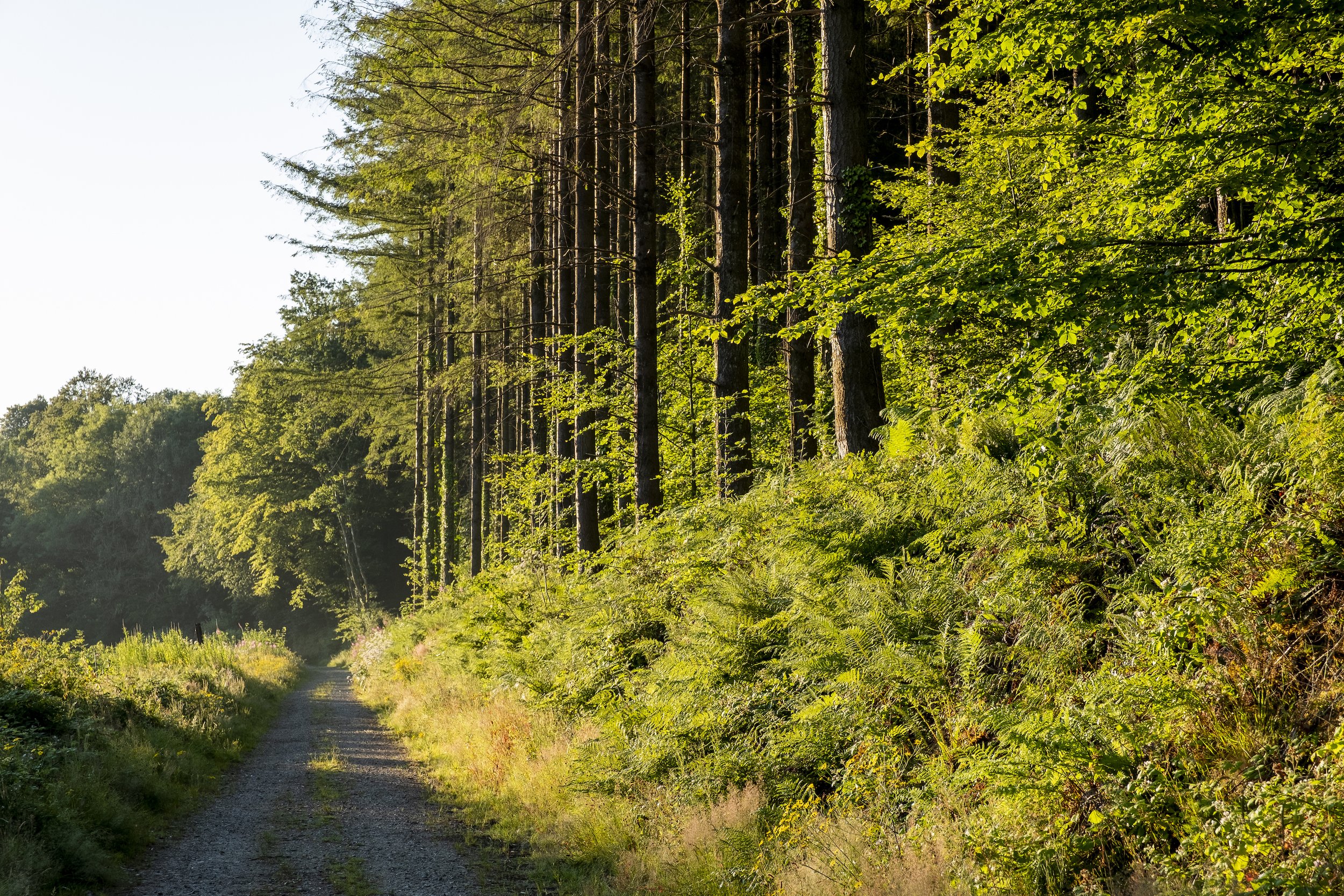
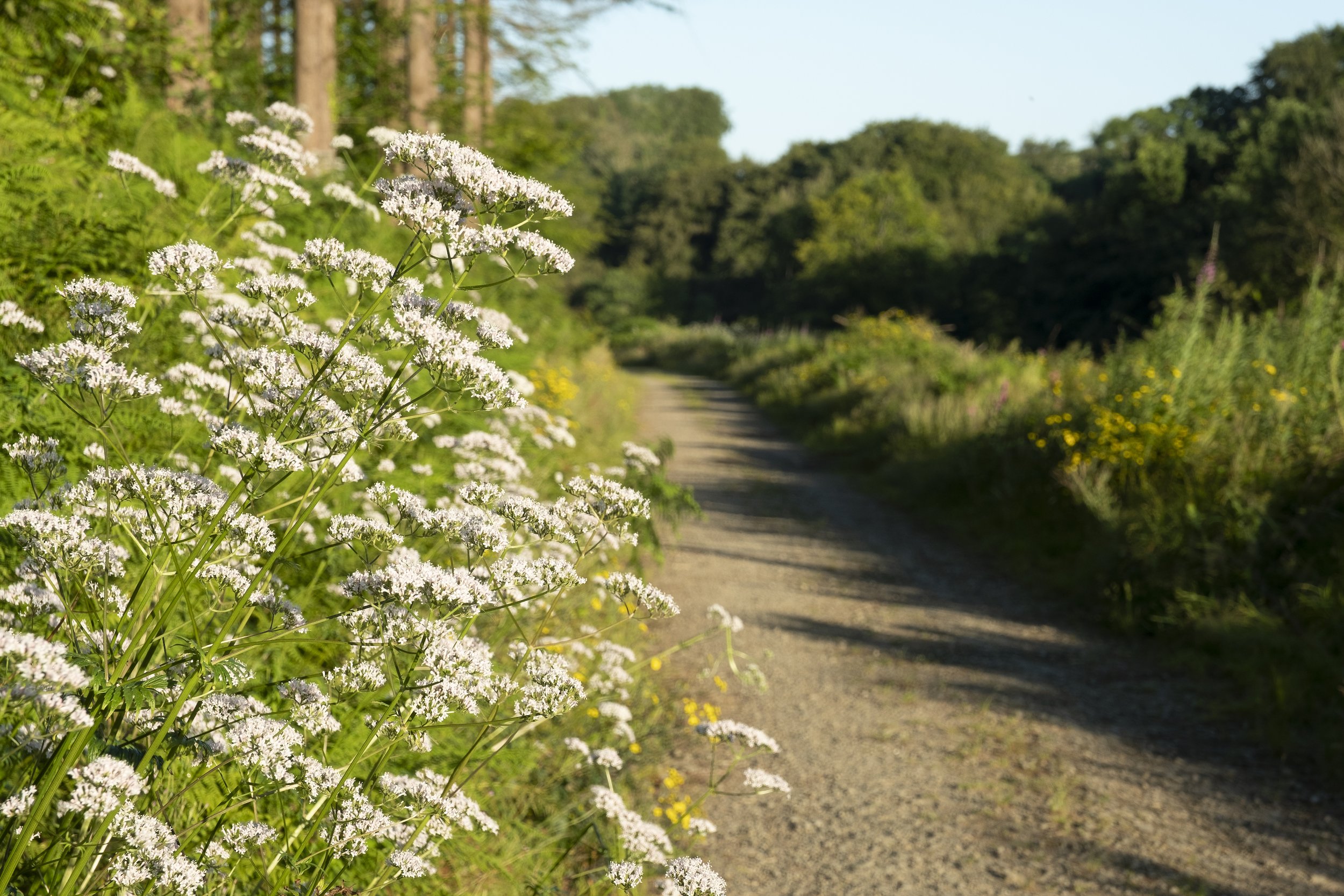
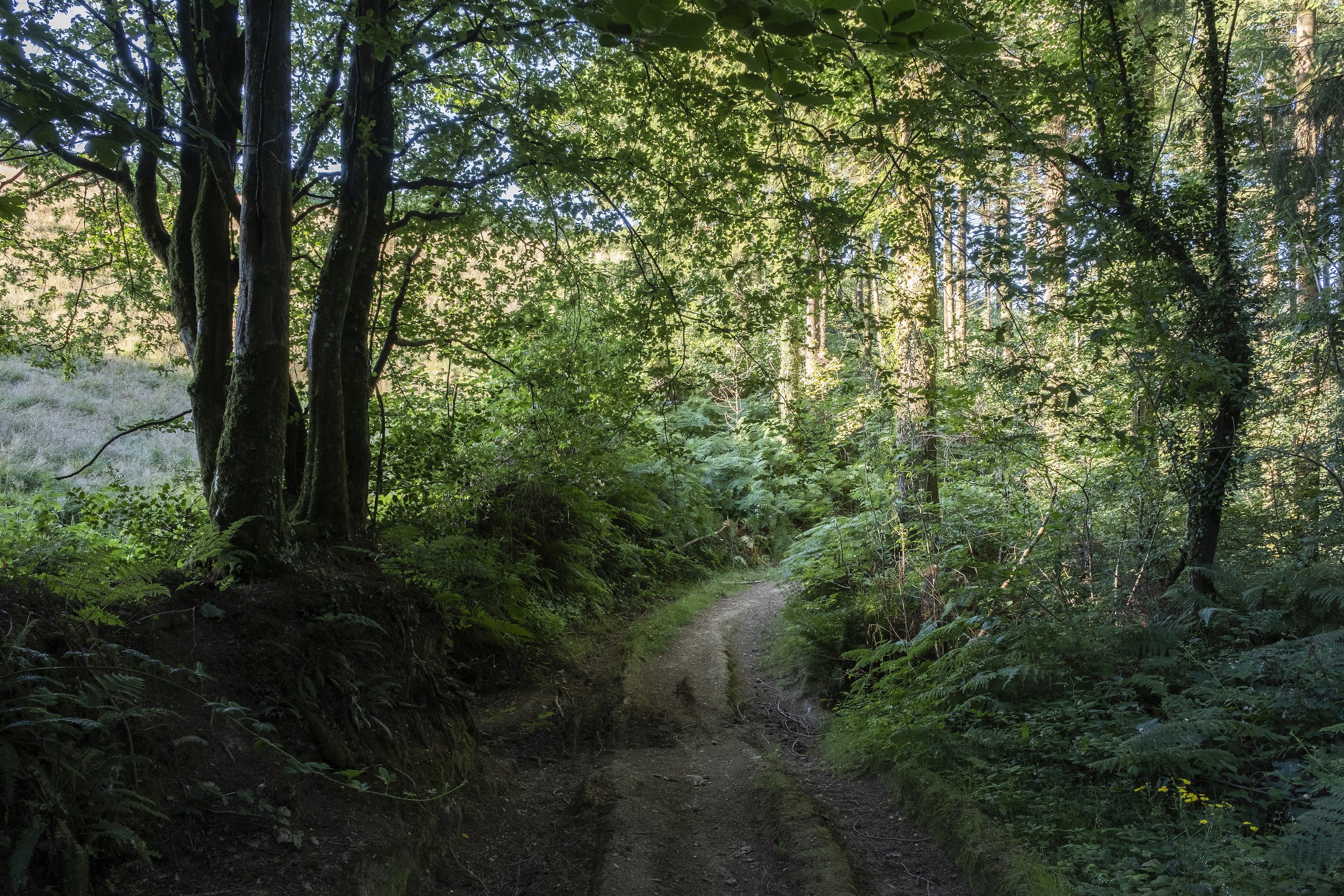
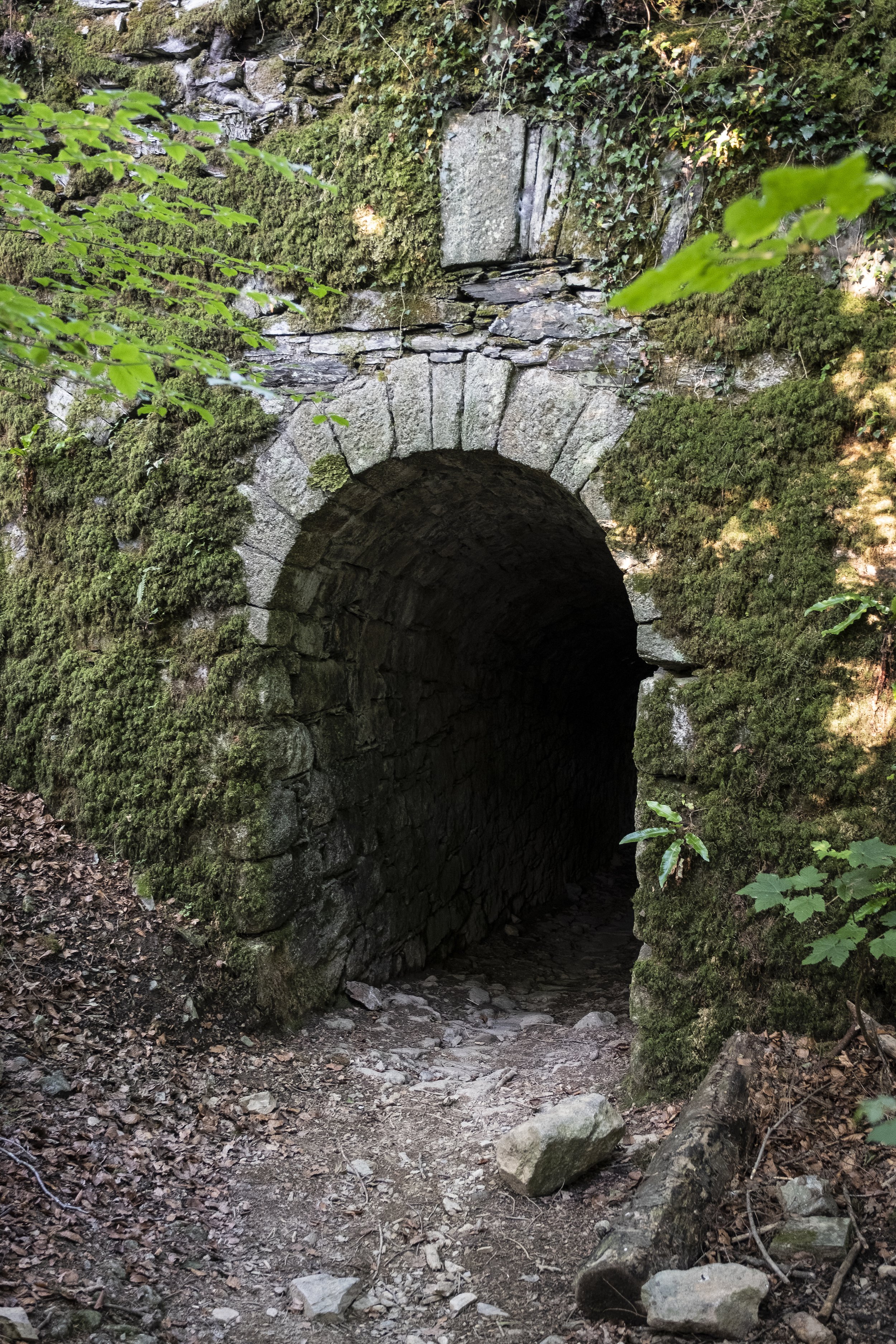
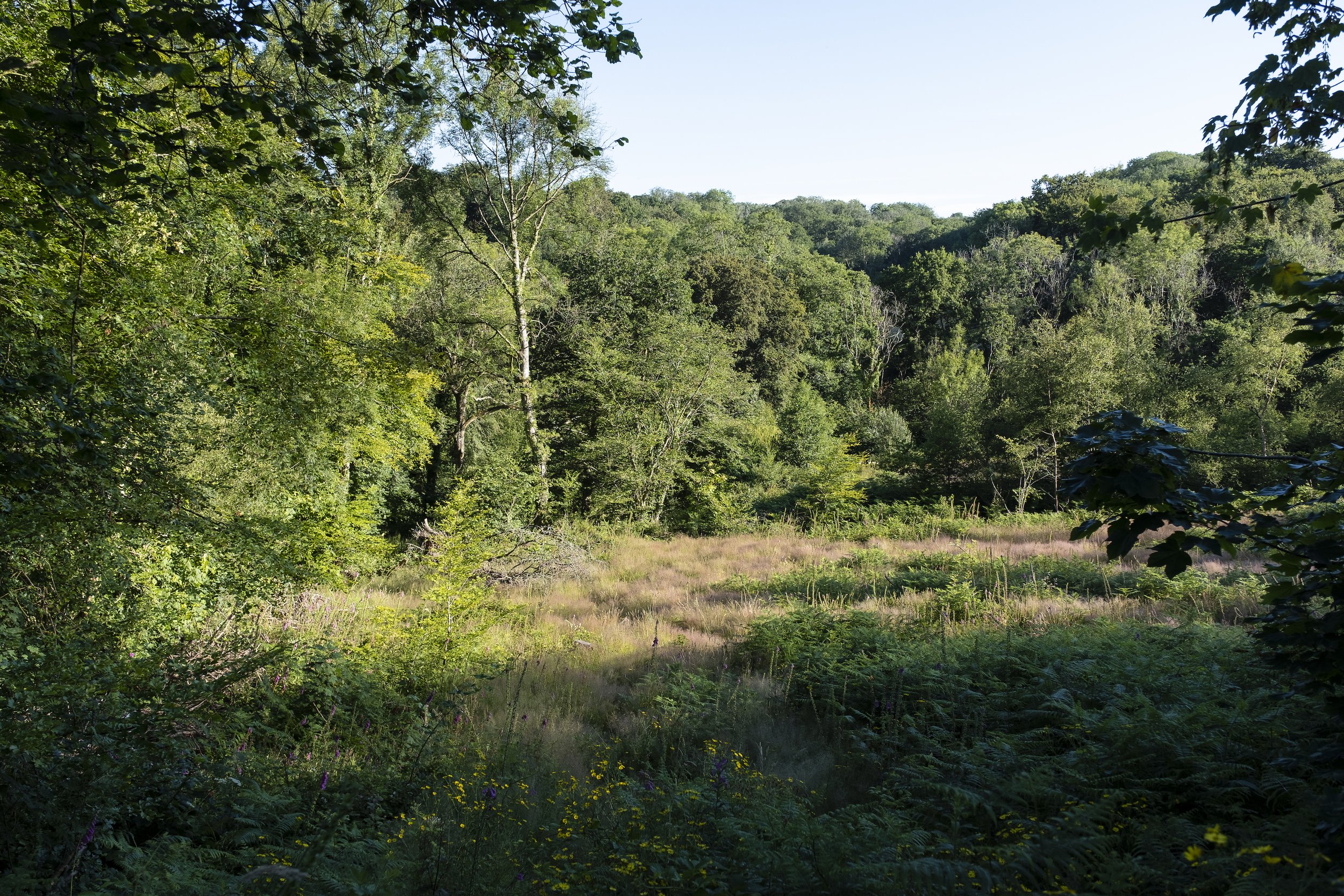
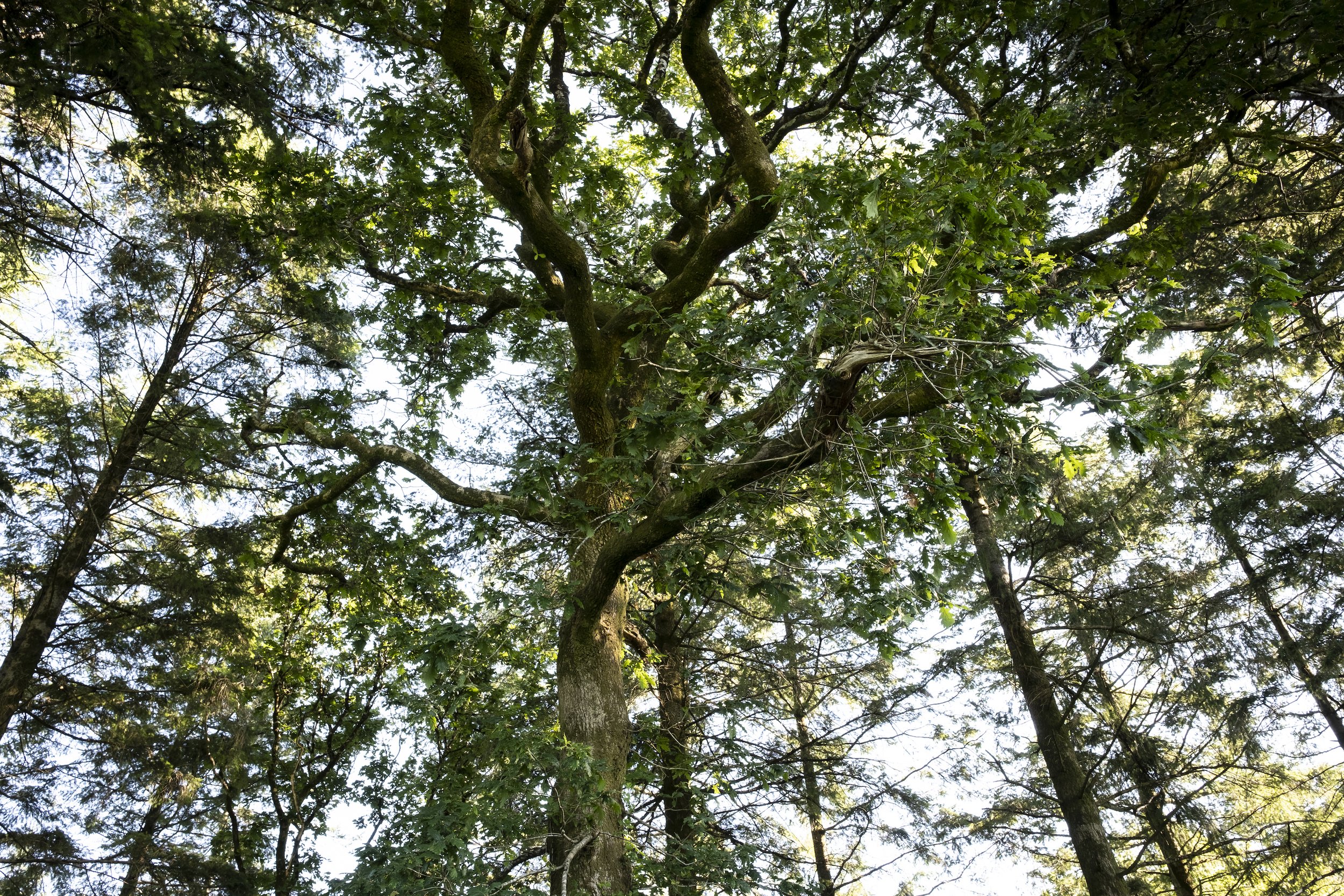
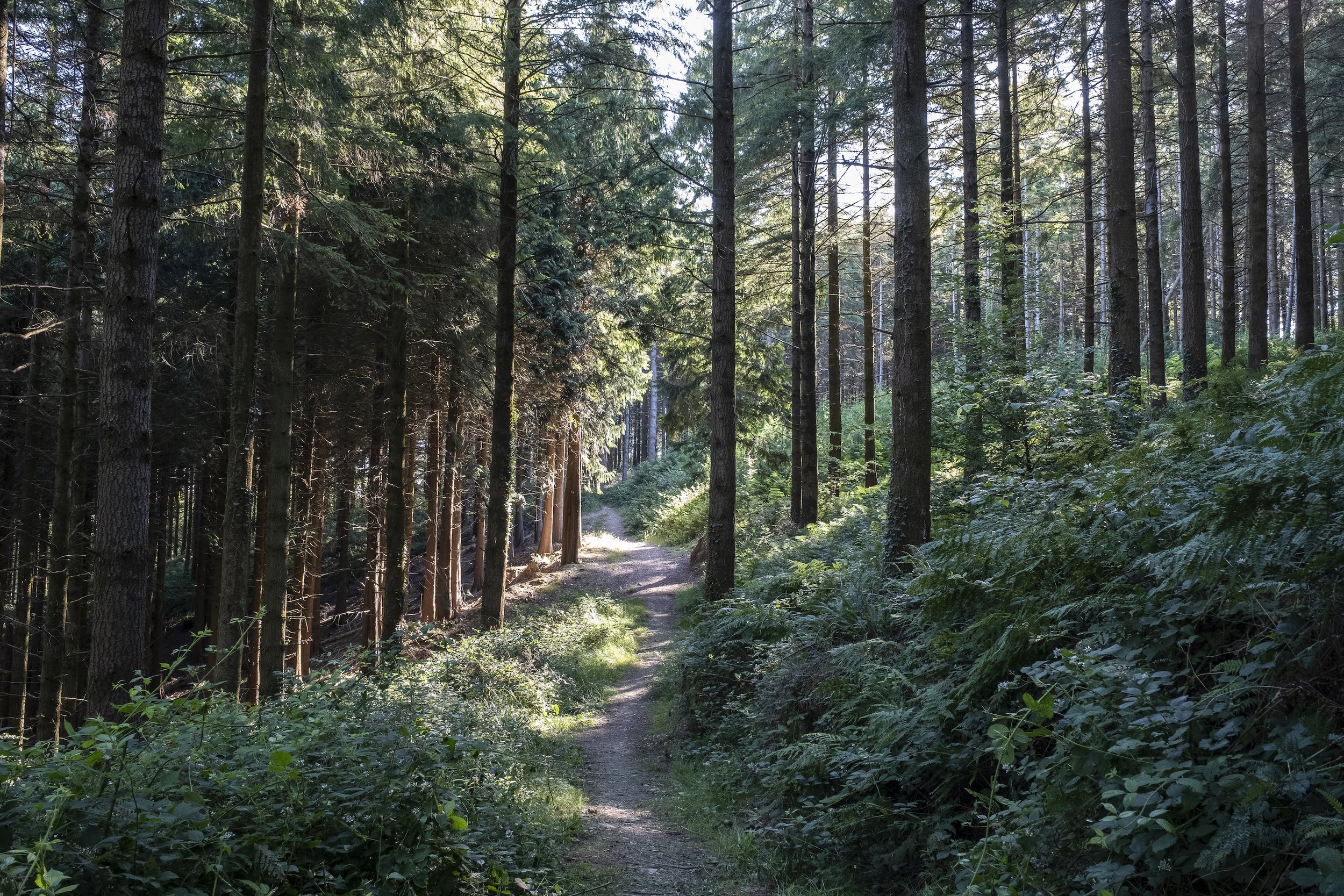
High Wood is an integral part of the Liskeard community, a place for serene dog walks, peaceful gatherings, and wildlife spotting, and Protect Earth is happy to say that will not change. Public access will stay a priority. The existing permissive footpaths will continue to be open, and there are plans to try and restore various footpaths connecting to High Wood that have been closed over the decades.
The main goal at High Wood is to immediately halt all clear cutting, by switching to more sustainable forestry methods. The non-native conifers will continue to be harvested for timber for decades, but instead of felling several acres at once, a selection of trees will be removed from a given area at a time. As the conifers are removed, more light will make it to the forest floor, allowing natural regeneration to take place, and the seed bank in the soil will spring to life, with seeds that have lay dormant for years growing into saplings.
There is decades worth of work to be done at High Wood, and we’ll be reaching out to the local community for help along the way, with brush cutting, thinning, replanting, all sorts. You’ve been amazing so far and we know you’ll continue to be!
Ecology Report, April 2022
Wildlife Noted
Native tree species: Rowan, Wild Cherry, Sycamore, Silver Birch, Beech, Holly, Oak, Yew, Ash, and Willows.
Shrub layer species: Hazel, Hawthorn, Holly and Gorse.
Birds: Goldcrest, Wren Chiffchaff, Blackbird, Blackcap, Robin, Blue Tit, Siskin, Song Thrush, Buzzard, Wood Pigeon, Great Tit, Coal Tit, Raven, Crow, Jackdaw, Magpie, Mistle Thrush, Song Thrush, Jay, Sparrowhawk, Bullfinch, Nuthatch, Chaffinch, Great Spotted Woodpecker–were all noted and will almost certainly be breeding on site. A single Redstart was the ‘best’ bird seen; it wasn’t singing or holding territory so might have just been passing through. Summer migrants are still arriving throughout April and May.
Other Wildlife: Speckled Wood, Brimstone and Small Tortoiseshell were all on the wing despite the conditions. A visit on a sunny day would reveal many more butterfly species. And some simple ride management and an increase in woodland edge habitat would have a fairly quick and potentially profound effect on butterfly species / numbers.
Lesser Celandine, Primrose, Wood Anemone, Bluebell, Dog Violet, Honeysuckle, Yellow Archangel, Dog’s Mercury, Red Campion, Wild Garlic, and possibly Pendulous Sedgewere all noted. (Those in bold are all indicator species for ancient woodland.)

